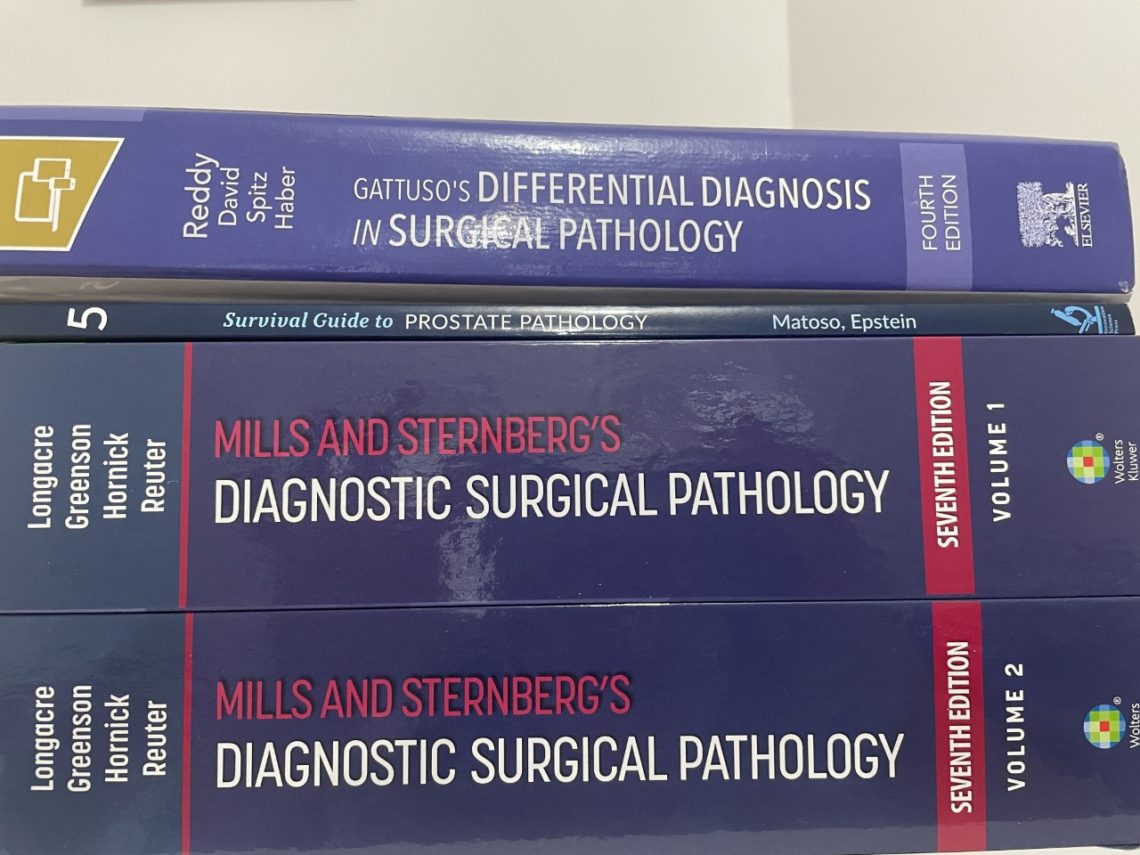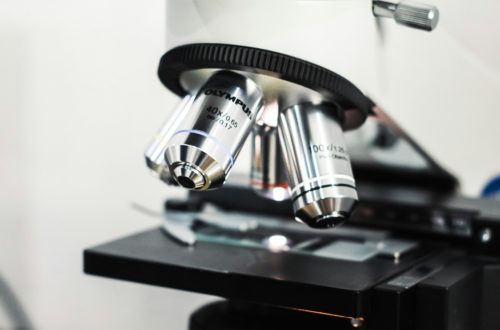
Best References for Core Rotations in Anatomical Pathology
Pathology residency, while not usually physically demanding (except for autopsy rotations), involves a lot of studying. I think aspiring pathologists struggle with the breadth and depth to cover and framing knowledge with how it applies to the patients and in clinic. There is also the lingering pressure of having to get everything perfectly right because of how much clinical outcome can depend on the pathologist’s diagnosis.
In the initial months of my training, I was endlessly strategizing how to balance reading and looking at glass slides. I was trying different references and various study styles, including flash cards and mind maps. I think now that I have finally come up with a system that is working for my core rotations. For a few days prior to the start of a rotation and until a few days in, I quickly review normal histology, Robbins pathology, Molavi’s introduction to surgical pathology, and the Lester grossing manual. (All these were books that I lightly read through my first year of residency, as I detail in my blog post here.)
After three core rotations in subspecialty pathology this academic year, I have come up with a list of the references (books and websites) that have helped me maximize my learning.
1. Kurt’s Notes
I think every pathology resident knows about Kurt’s Notes! I find the best use for them is while I’m looking at glass slides, as they give a great overview of possible disease entities. They’re also great to look at for a quick review before a signout.
2. Survival Guide series
I bit the bullet and recently ordered a number of books from these series, despite the expense. I have tried to read them on weekends and have found them superbly helpful in finetuning my diagnostic skills, as they read like a dream and as if someone is instructing me during actual sign outs.
3. Mills and Sternberg’s Diagnostic Surgical Pathology (ISBN: 978-1975150723)
I am fortunate to have the latest version (the seventh edition) of this voluminous, classic reference, which I use to read around some of my cases. I definitely enjoy reading this book because of the historical perspectives it also offers. Others have said that it may not be necessary to read all the details, but I find that even going through the text ones helps me remember more salient points and allows me to refine my understanding of the subject.
4. WHO Classification of Tumors
I don’t think this references needs any explanation! It’s a must read both for sign outs and exams. The online subscription gives you access to all the blue books plus any updates, so it’s definitely worth it.
5. Gross Morphology of Common Diseases (ISBN: 978-1550596854)
Written by the previous department chief at my program, Dr. Zu-hua Gao has compiled great images of diseases entities, arranged by organ system. I go through this quickly as well for each rotation. To supplement, I also sometimes go over the Robbins Atlas of Pathology (ISBN: 978-0323640183).
6. Differential Diagnosis in Surgical Pathology (ISBN: 978-0323661652)
I use this book mostly to read in advance prior to a rotation. It gives a great overview of common diseases entities and how to differentiate among them. I also use the app Cardflow+ with this book, as it allows me to make index cards on a board and link differentials together.
Other references
I also use quick references occasionally, such as Pathology Outlines, Web Pathology, and Libre Pathology. The Digital Pathology Association has an academic area with some slides nicely annotated, which is great for beginners like me. I also like using Expert Path, which I paid a discounted price for, but I find that them not having an app and having to log in every time is annoying, so I forego it in favor of free and easily accessible resources.
I think that these references will get me through the rest of my residency, save for a book on autopsy and cytology. I am also planning to eventually get a question bank and do some practice questions.
How about you? What is your study style, and what pathology references would you recommend?




